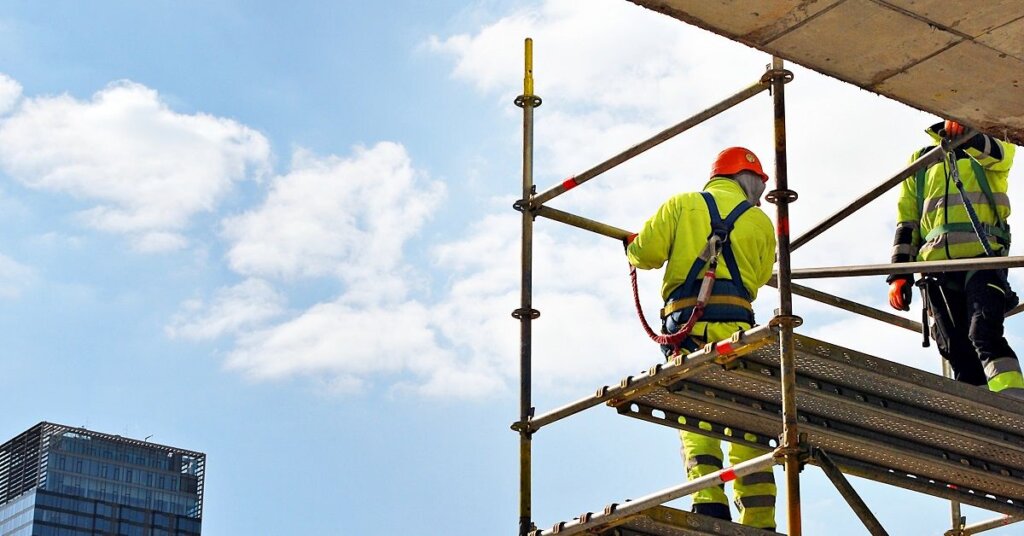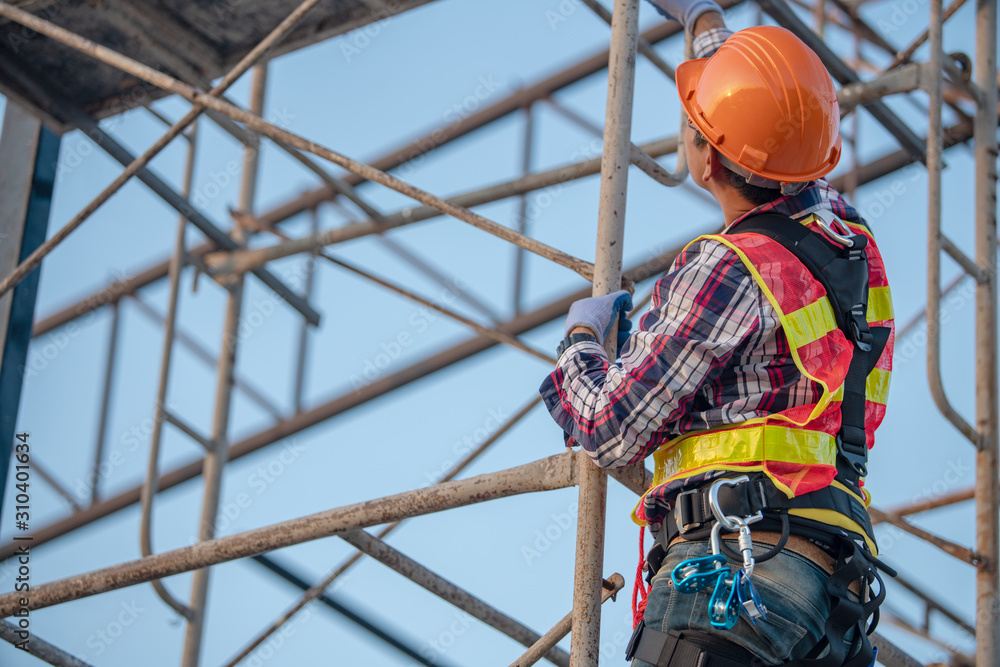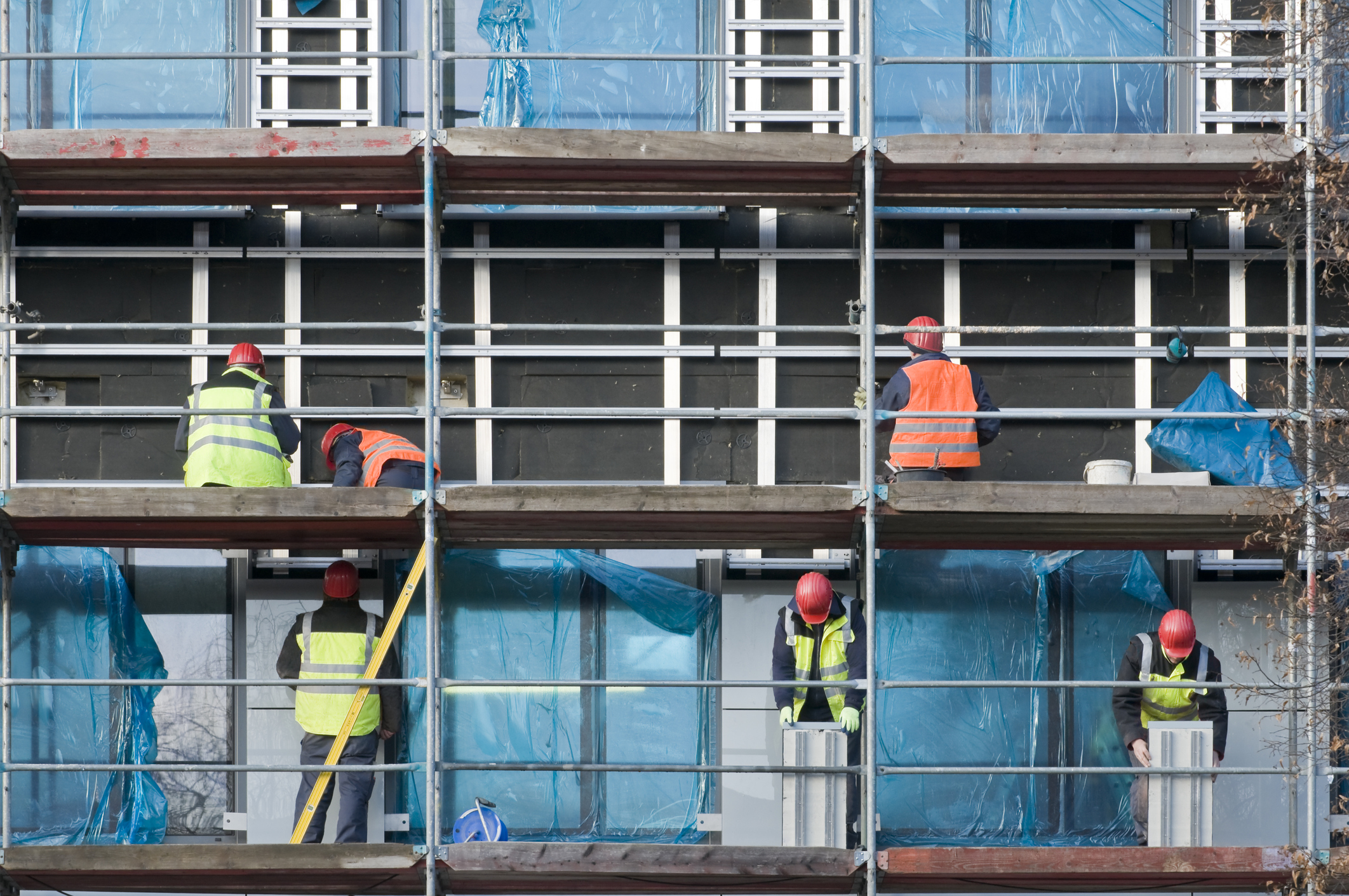Scaffolding is an essential component of construction projects in New York City. It provides a safe and stable platform for workers to perform tasks at various heights. Whether it’s for building maintenance, renovation, or new construction, proper Scaffolding installation New York is crucial to ensure the safety of workers and the public. In this guide, we’ll delve into the intricacies of scaffolding installation in New York, covering regulations, types of scaffolding, installation process, safety measures, and more.
Regulations and Permits:
Before beginning any scaffolding installation project in New York, it’s imperative to understand the regulatory requirements. The New York City Department of Buildings (DOB) oversees scaffolding regulations and issues permits for its installation. According to DOB regulations, any scaffold erected in New York City requires a permit, and only licensed contractors are allowed to install scaffolding. Additionally, the design and installation must comply with the Building Code and other relevant standards.
Types of Scaffolding installation New York:
There are various types of Scaffolding installation New York used in construction projects, each suited for specific purposes and site conditions. Some common types of scaffolding include:
Supported Scaffolding:
This type of scaffolding is the most widely used and consists of a framework of poles, beams, and platforms supported by the building or structure it surrounds.
Suspended Scaffolding:
Suspended scaffolding hangs from the top of a building or structure using ropes or chains. It allows workers to access hard-to-reach areas such as building facades or bridges.
Mobile Scaffolding:
Also known as rolling scaffolding, this type features wheels or casters that allow for easy mobility. It’s ideal for projects that require frequent repositioning of the scaffold.

Cantilever Scaffolding:
Cantilever Scaffolding installation New York is supported by beams that extend from the building or structure, allowing workers to access areas that are obstructed at ground level.
Mast Climbing Work Platforms (MCWP)
MCWPs consist of a platform mounted on a vertical mast that can be raised or lowered to different heights. They offer efficient access to large vertical surfaces.
Installation Process:
The Scaffolding installation New York process for scaffolding in New York follows a series of steps to ensure stability, safety, and compliance with regulations. Here’s a general overview of the installation process:
Site Assessment:
Before installing scaffolding, a thorough site assessment is conducted to evaluate the terrain, ground conditions, building structure, and any potential obstacles or hazards.
Design and Engineering:
Based on the site assessment, scaffolding design and engineering are carried out to determine the type of scaffold required, its dimensions, load-bearing capacity, anchoring points, and other structural considerations.
Permit Acquisition:
Once the design is finalized, the contractor obtains the necessary permits from the DOB to proceed with the installation.
Assembly:
The scaffold components are assembled according to the design specifications, ensuring proper alignment, bracing, and anchoring to the building or structure.
Inspection:
After assembly, a qualified inspector conducts a thorough inspection to ensure that the scaffold meets safety standards and regulatory requirements.
Access and Safety Measures:
Access points, guardrails, toe boards, and other safety features are installed to provide a safe working environment for workers.

Load Testing:
Load testing is performed to verify the scaffold’s capacity to support the intended load and ensure structural integrity.
Safety Measures:
Safety is paramount when it comes to scaffolding installation in New York. Contractors and workers must adhere to strict safety protocols to prevent accidents and injuries. Some essential safety measures include:
Training:
All workers involved in Scaffolding installation New York must undergo comprehensive training on scaffold assembly, usage, and safety procedures.
Fall Protection:
Adequate fall protection systems such as guardrails, safety nets, and personal fall arrest systems must be in place to prevent falls from heights.
Regular Inspections:
Scaffolding Installation New York Scaffolds should be inspected regularly by competent personnel to identify any defects or potential hazards.
Weather Considerations:
Scaffolding installation New York should be postponed during inclement weather conditions such as high winds, snow, or heavy rain to prevent instability and accidents.
Secure Anchoring:
Scaffolds must be securely anchored to the building or structure to withstand lateral and vertical loads.
Conclusion:
Scaffolding installation New York requires careful planning, adherence to regulations, and a commitment to safety and here at Scaffold Shed we offer all these services. By understanding the regulatory requirements, choosing the appropriate type of scaffolding from, following the correct installation process, and implementing robust safety measures, contractors can ensure the success of their projects while prioritizing the well-being of workers and the public. As the skyline of New York continues to evolve, scaffolding remains an indispensable tool in the construction industry, facilitating progress while maintaining safety and stability.
